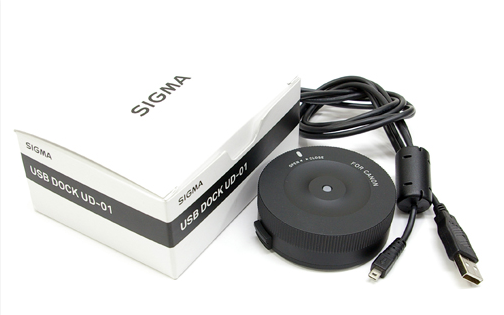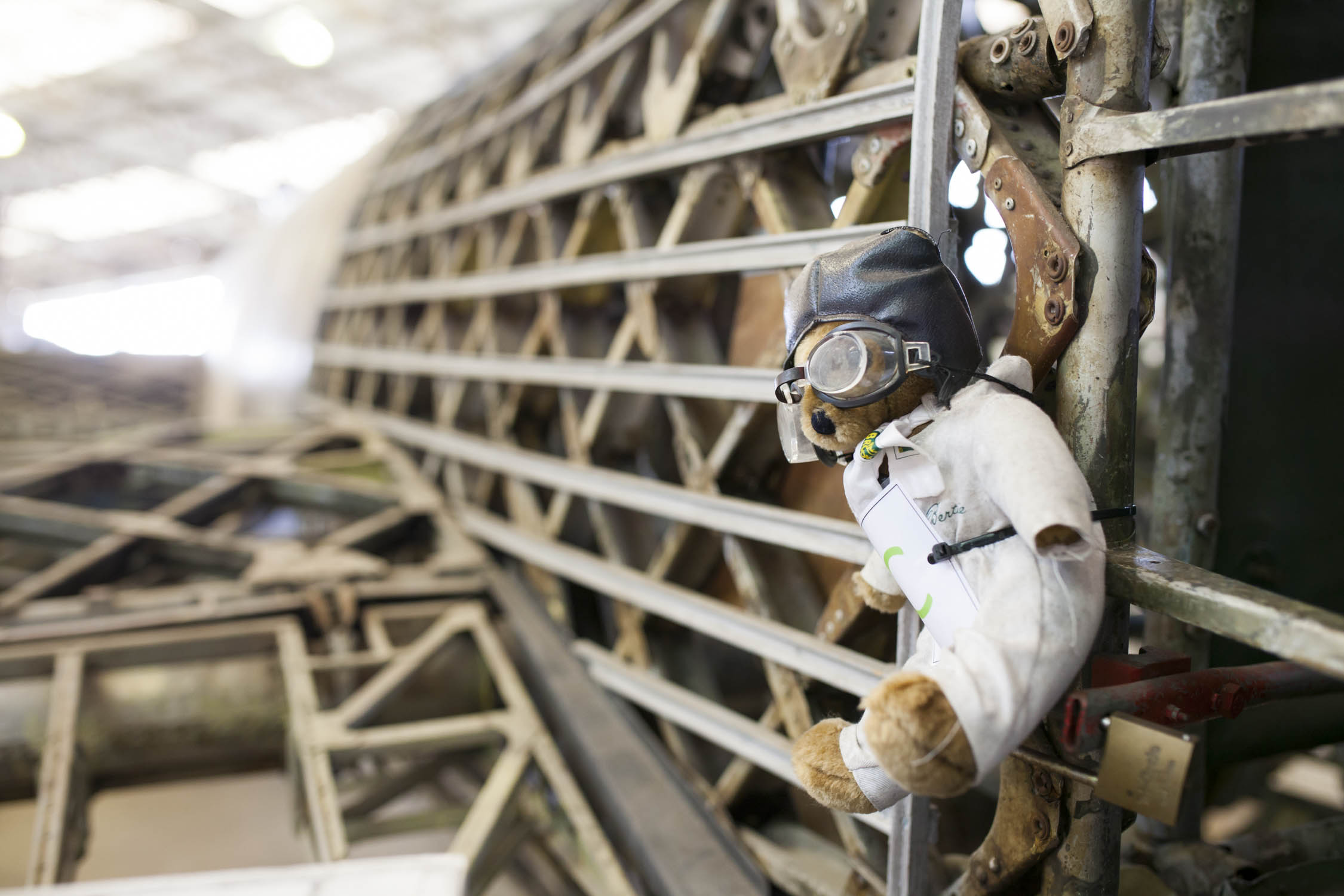Photographers Have a Need for Great Headphones
In this video we look at the Graham Slee Solo and Sennheiser HD650 headphones and amp combination. We know as photographers we love shooting. Time passes quickly as we put our skills to use capturing beautiful and amazing moments. This could be anything from your most recent wedding to a family holiday.We all know at some point we are going to have to organise and edit them all ready for the end user. This means hours sat behind a computer screen on your own. It is fair to say that sometimes this can get boring, especially when you have hundreds of images. Therefore we need something to keep us going. Food and drink are a good help but listening to music is vital,at least to me.
Although you never intend it, it's far too easy to sit up editing late into the night to get a job finished. I have been there many times. It is at this point that a good pair of headphones are truly essential to maximise your enjoyment of the music whilst not disturbing your neighbours or family.
Headphones are very much like camera lenses. They are a well established technology where new models only come out rarely and only offer modest improvements. With this in mind it is a very safe bet to invest in a good pair of headphones that will last years and years.
That is why I invested in a pair of Sennheiser HD650's. They are over ear, open backed headphones. That means they sit right over your ears providing wear-all-day comfort. The open back means they provide a cleaner more open sound with a wider and more impressive sound stage in your head. The downside is that more sound will leak out of them so they are not ideal for portable use. They also require a large amount of power to drive them so will not work well with your phone or MP3 player. Instead they need to be plugged into an amplifier, home stereo or dedicated headphone amp. Once these drawbacks are overcome though you are left with an almost perfect set of cans that provide a natural and spacious sound that you will not tire of.
My setup currently has these hooked up to a dedicated headphone amp. For the last couple of years I have been using a Graham Slee Solo SRGii connected to my computer via a separate DAC for maximum quality. Graham Slee is a UK based company and they specialise in creating hifi equipment using their knowledge of electronics to create truly musical gear that defies their price point. Whilst not cheap the Solo produces such a clean, valve like sound that combined with the Sennheiser's just makes you want to rediscover your entire music collection all over again.
The Sennheiser's are currently available for £250 and the Solo is about £400. Whilst admittedly this is expensive, if you consider the amount of time you are sat editing and the many years of joy that a good pair of cans will provide, the return on investment is significant.
Get more details on the Graham Slee Solo and Sennheiser HD650 Headphones here:














